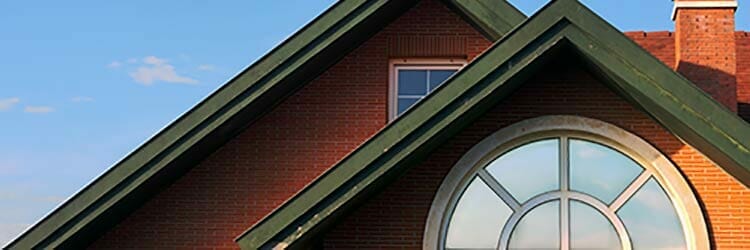National Chimney Safety Week
September 27, 2015
Chimney fires can be sudden and explosive, or long-lasting smoldering fires that either burn out or seep through masonry to ignite a home’s wood frame. Homeowners may be unaware of small fires that occur high in a chimney, and those fires could undermine the structural integrity of the chimney, increasing the risk of a serious fire.
Each year, chimneys cause about 24,000 fires nationwide. The reasons chimneys fail are numerous and include improper installation, cracked masonry, and build-up of creosote, a sticky, flammable byproduct of burning wood. A certified chimney sweep can spot problems that could lead to a house fire, but some homeowners forget to have chimneys inspected, or don’t think they need an inspection, because they rarely use their fireplace. But even a seldom-used fireplace can deteriorate over time.
To raise awareness of the importance of chimney maintenance, the Chimney Safety Institute of America holds an annual National Chimney Safety Week. This year, that week is Sept. 27 through Oct. 3, and CSIA will be reminding homeowners to schedule a chimney inspection before winter arrives.
Out of Sight, Out of Mind
Many homes don’t have fireplaces, but they do have chimneys if they have gas-powered furnaces, water heaters, and boilers. Homeowners may not realize those chimneys need to be inspected every year.
A chimney attached to a gas-powered appliance allows for proper venting and exhaust, and when it isn’t functioning well, it could cause condensation inside the flue that damages walls and erodes mortar. If mortar, crumbling brick, and other substances accumulate in the flue, a chimney may catch on fire, or deadly carbon monoxide may become trapped in the chimney and be released inside the home.
Carbon monoxide is odorless, and early signs of carbon monoxide poisoning may seem like an ordinary illness – headache, fatigue, nausea, and dizziness. High levels of carbon monoxide in a home can cause loss of consciousness and death.
The CSIA recommends an annual inspection of appliance-related chimneys, for safety’s sake and to ensure appliances are functioning as efficiently as possible.
Fire Safety
In 2011, Texas, California, and Pennsylvania had the highest number of fire deaths. The reasons for Pennsylvania’s high fire death rate are unclear, but efforts are underway to keep the state’s citizens safer.
Last year, the Philadelphia Fire Department and the American Red Cross Southeastern Pennsylvania held an outreach campaign in October, installing smoke alarms in homes and passing out fire safety literature. The Red Cross recommends installing smoke alarms on every level of a home, inside bedrooms, and outside sleeping areas. It also advises families to establish a fire preparedness plan and to practice it.
The National Fire Protection Association offers tips for fire safety planning:
- Perform a family walk-through of your home and look for all escape routes, as well as any objects or barriers (such as window security bars) that could hinder escape in a fire.
- In a two-story home, install fire ladders and practice using them (children should practice from a first-floor window, with adult supervision).
- Discuss the dangers of smoke inhalation and how to safely wait for help if fire or smoke make escape from a room impossible.
The NFPA offers several additional tips, along with advice on how to teach kids about fire safety in a way that doesn’t frighten them.
Regular chimney inspection and cleaning, along with the use of smoke detectors and carbon monoxide detectors, can help protect families from fire death and injury. And if a fire should occur, an escape plan can help everyone stay calm and reach a safe location.

